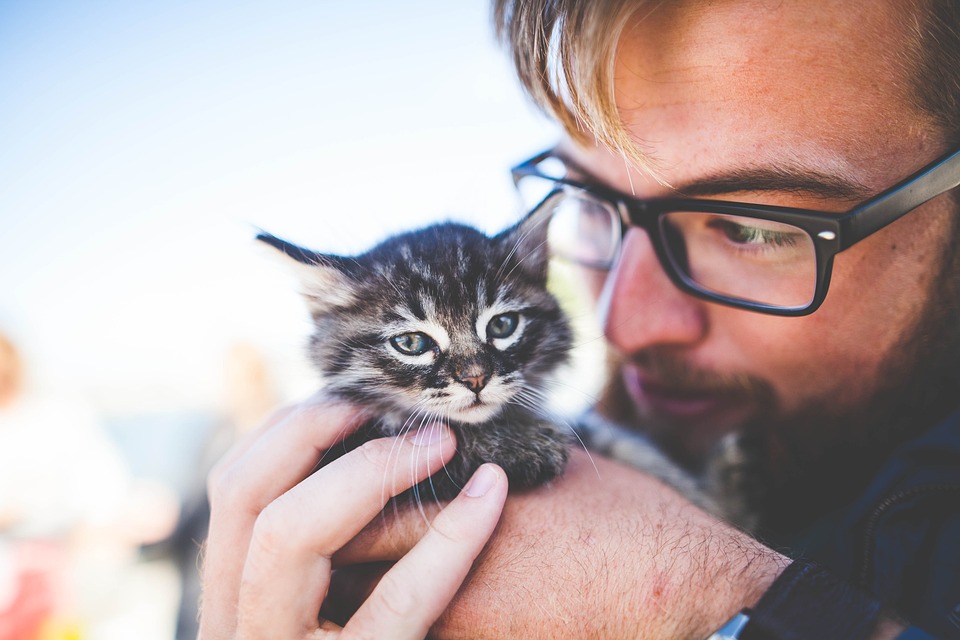Cats have been captivating humans for centuries with their mysterious behaviors, and one behavior that has always intrigued us is purring. The soothing sound of a purring cat brings comfort to both the cat and its owner. But why do cats purr? In this article, we will explore the science behind cat purring and uncover the reasons behind this fascinating behavior.
Purring is a low-frequency vibration produced by the laryngeal muscles of cats. This vibration is accompanied by a rhythmic movement of the diaphragm, resulting in the characteristic sound we associate with contented felines. But purring is not limited to moments of relaxation and contentment; it serves various purposes and can indicate a range of emotions or needs.
Firstly, cats often purr when they are feeling safe, comfortable, and content. It’s their way of expressing happiness and relaxation. Additionally, cats use purring as a means of communication. A mother cat, for example, will purr to communicate with her kittens, indicating that she is nearby and everything is okay.
Purring has also been linked to the healing process in cats. The vibrations produced during purring are believed to promote the healing of bones, reduce pain and inflammation, and aid in the recovery of injuries. This self-soothing mechanism can be seen as a way for cats to cope with stress and challenging situations, similar to how humans take deep breaths to calm themselves.
Furthermore, some cats may purr to seek attention from their owners. It’s their way of saying, “Hey, pay attention to me!” Purring has a way of capturing our attention and drawing us closer to our feline companions.
Now, let’s unravel some frequently asked questions about cat purring. Firstly, can all cats purr? The answer is yes, all domestic cats have the ability to purr. However, larger wild cats, such as lions and tigers, cannot purr but can roar instead.
Can cats purr when they are in pain? Yes, cats may purr when they are in pain or distress. Purring can serve as a self-soothing mechanism and may help alleviate discomfort.
Is purring only a vocalization? No, purring is not solely a vocalization. It involves the vibration of various muscles, including the laryngeal muscles and the diaphragm. The sound we hear is the result of these vibrations.
Can cats purr while asleep? Absolutely! It’s not uncommon to see a peacefully sleeping cat softly purring.
Lastly, are there any health benefits associated with cat purring? Studies suggest that the vibrations produced during cat purring may have healing properties. They are believed to promote bone growth, reduce pain and inflammation, and aid in the healing of injuries.
In conclusion, cat purring remains a fascinating topic in the realm of feline behavior. While it is commonly associated with contentment and relaxation, the reasons behind cat purring go beyond simple pleasure. Purring serves as a means of communication, self-soothing, healing, and seeking attention. Understanding the science behind cat purring allows us to appreciate this unique behavior and strengthen the bond between humans and their feline companions.








